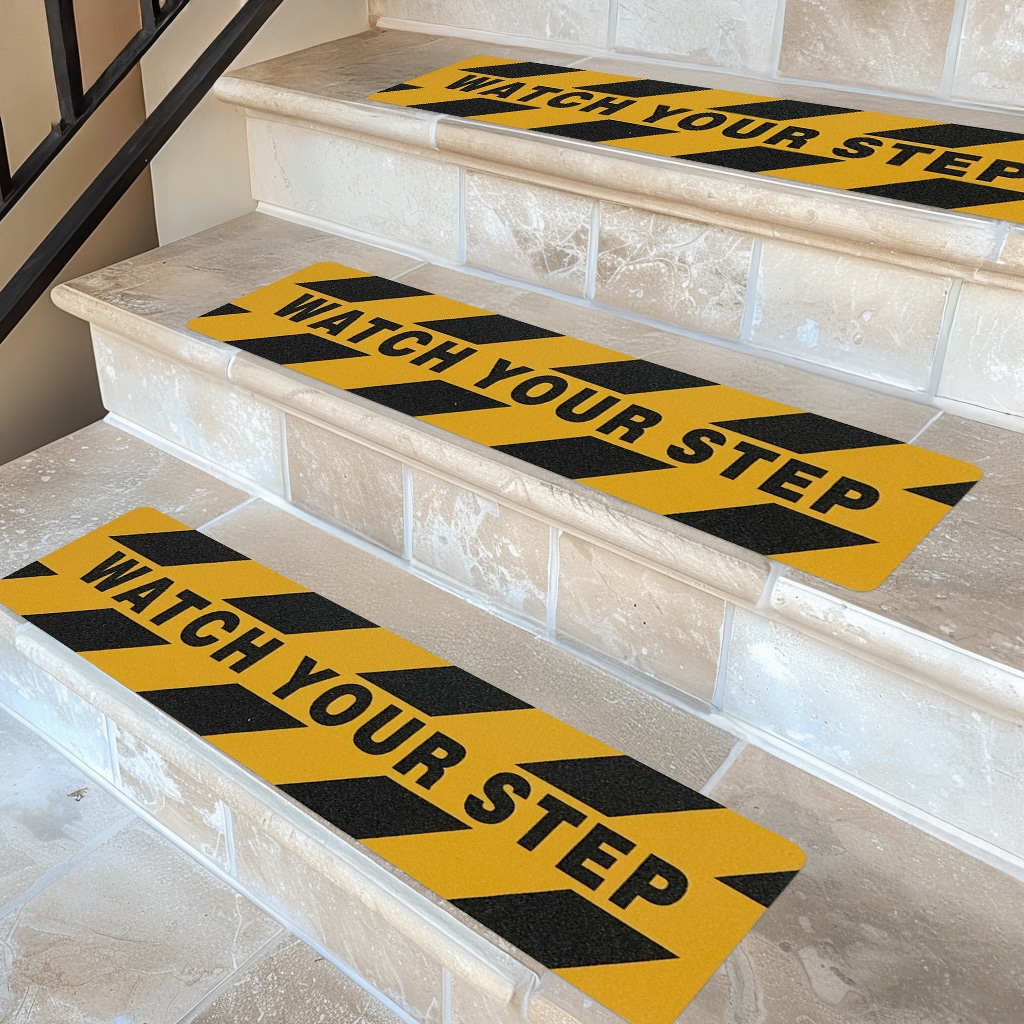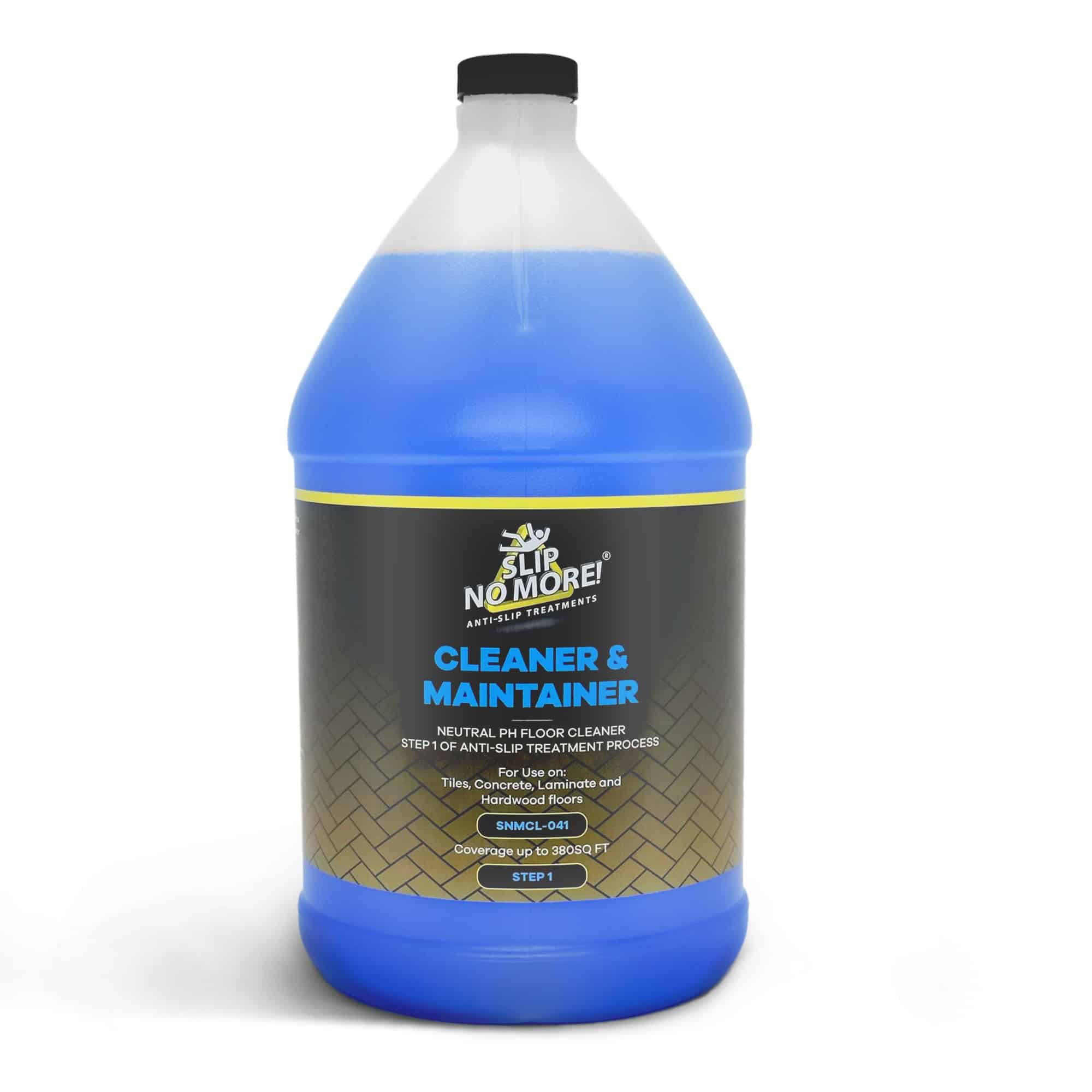Welcome to the fascinating world of the science behind the question of how anti-slip treatments work! Have you ever wondered how these ingenious solutions keep you safe in hazardous areas? Well, wonder no more because we’re diving into the science behind how anti-slip treatments work.
Anti-slip treatments are a game-changer when it comes to preventing slips and falls. Whether it’s a wet bathroom floor, a slippery outdoor deck, or a greasy kitchen surface, these treatments provide a reliable grip that can mean the difference between a minor mishap and a severe accident. How do anti-slip treatments work
So, what’s the science behind these magic substances? It all comes down to their clever formulation. Anti-slip treatments typically contain materials that create a textured surface, enhancing friction and traction. These materials may include particles, aggregates, or even nanotechnology-based additives.
Once applied, these treatments bond with the surface, creating a durable and long-lasting coating that improves grip. The texture helps water or other substances to be dispersed, keeping the surface dry and safe to walk on.
Now that you have a glimpse into the science behind how anti-slip treatments work, you can appreciate their vital role in keeping us safe. So, next time you encounter a slippery surface, you’ll have a newfound appreciation for the technology working beneath your feet.
How do anti-slip treatments work?
Anti-slip treatments and how they work are a game-changer when it comes to preventing slips and falls. Whether it’s a wet bathroom floor, a slippery outdoor deck, or a greasy kitchen surface, these treatments provide a reliable grip that can mean the difference between a minor mishap and a severe accident.
The importance of anti-skid treatments
Slippery surfaces pose a significant risk in various settings, including homes, workplaces, and public areas. According to the National Safety Council, falls are the third leading cause of unintentional injuries worldwide. Investing in the knowledge of how anti-slip treatments work can significantly reduce the number of accidents caused by slippery surfaces and create safer environments for everyone. If you have ever wanted to know the answer to the question of how anti-slip treatments work, you are at the right place.
How anti-slip treatments work
So, what’s the science behind these magic substances? It all comes down to their clever formulation. Anti-slip treatments typically contain materials that create a textured surface, enhancing friction and traction. These materials may include particles, aggregates, or even nanotechnology-based additives.
Once applied, these treatments bond with the surface, creating a durable and long-lasting coating that improves grip. The texture helps water or other substances to be dispersed, keeping the surface dry and safe to walk on. This innovative approach significantly reduces the risk of slips and falls, even in the most challenging conditions.
Different types of non-slip treatments
Anti-slip treatments and how they work come in various forms, each with unique characteristics and applications. The most common types include:
1. Chemical treatments: These solutions are applied to the surface and chemically react to create a textured layer. They are effective on various materials, including tiles, concrete, and metals.
2. Epoxy coatings: Epoxy-based anti-slip coatings provide a durable, long-lasting solution for high-traffic areas. They can be customized to suit specific needs, offering different levels of grip and resistance.
3. Grip tapes: These adhesive-backed tapes are easy to apply and provide an instant anti-slip surface. They are commonly used on stairs, ramps, and other areas where traction is crucial.
4. Non-slip paints: These specialized paints contain additives that create a textured finish. They are ideal for applications on wooden surfaces, such as decks and stairs.
Benefits of using anti-skid treatments
The benefits of using anti-slip treatments and how they work go beyond just preventing accidents. Here are some key advantages:
1. Safety: The primary benefit of anti-slip treatments is their increased safety. By reducing the risk of slips and falls, these treatments help protect individuals from injuries and their potential consequences.
2. Versatility: Anti-slip treatments and how they work can be applied to various surfaces, including floors, stairs, ramps, and vehicles. This versatility makes them suitable for various indoor and outdoor applications.
3. Cost-effectiveness: Investing in anti-slip treatments nd how they work is a cost-effective solution compared to the potential expenses associated with accidents and injuries. By implementing preventive measures, we can save money in the long run.
4. Aesthetics: Contrary to popular belief, anti-slip treatments don’t have to compromise the aesthetics of a surface. With technological advancements, these treatments can be customized to match the existing decor while still providing the necessary grip.
Common areas where anti-slip treatments are used
Anti-slip treatments find application in a variety of settings, including:
1. Residential buildings: From bathrooms and kitchens to outdoor areas like decks and patios, anti-slip treatments and how they work are widely used in residential properties to enhance safety.
2. Commercial spaces: Offices, retail stores, restaurants, and hotels can significantly benefit from anti-slip treatments and how they work. These areas often have high foot traffic and are prone to spills, making them potential hotspots for accidents.
3. Industrial facilities: Factories, warehouses, and manufacturing plants have unique safety challenges. Anti-slip treatments and how they work is essential in these environments to prevent slips, trips, and falls, which can lead to severe injuries.
4. Public spaces: Parks, playgrounds, sports arenas, and sidewalks are where people gather and move around. Applying anti-slip treatments in these spaces ensures the safety of visitors and reduces the risk of accidents.
Factors to consider when choosing an anti-slip treatment
When selecting an anti-slip treatment and how it works, it’s essential to consider the following factors:
1. Surface material: Different treatments work best on specific surfaces. Consider the material of the area you want to treat and choose a compatible and effective solution.
2. Durability: Assess the expected foot traffic and usage of the area to determine the level of durability required. High-traffic areas may need more robust and long-lasting treatments.
3. Maintenance: Some anti-slip treatments require regular maintenance, such as cleaning and reapplication. Consider the maintenance requirements and ensure they align with your needs and resources.
4. Safety regulations: Specific safety regulations and standards may exist depending on your location and industry. Make sure the chosen anti-slip treatment complies with these regulations.
DIY vs. professional anti-slip treatments
While DIY anti-slip treatments are available, seeking professional assistance for optimal results is often recommended. Professional providers have the expertise, experience, and access to high-quality products that ensure a reliable and long-lasting solution.
Regular maintenance and reapplication may be necessary to ensure the continued effectiveness of anti-slip treatments. This includes cleaning the treated surface regularly and monitoring its condition. If signs of wear or reduced grip are observed, it’s essential to reapply the treatment promptly to maintain optimum safety.
Conclusion: The impact of anti-slip treatments on safety
Now that you have a glimpse into the science behind anti-slip treatments, you can appreciate their important role in keeping us safe. These innovative solutions provide reliable grip and traction on various surfaces, reducing the risk of slips and falls. By understanding the different types, benefits, and considerations involved in choosing and maintaining anti-slip treatments, we can create safer environments for ourselves and those around us. So, next time you encounter a slippery surface, you’ll have a newfound appreciation for the technology working beneath your feet.
Safety is paramount, and investing in anti-slip treatments and how they work is a small but significant step toward preventing accidents and promoting well-being.
With more than 15 years of experience in the slip-prevention industry, our products are developed to solve the problem of slippery floors in all areas. We are experts in anti-slip treatments and how they work.
Why not follow our Facebook, Instagram, Twitter, or YouTube accounts for funny videos, informative posts, and general floor safety information? We also have loads of great reviews from our customers on Trustpilot. If you found this article helpful, take a look at our related articles:





